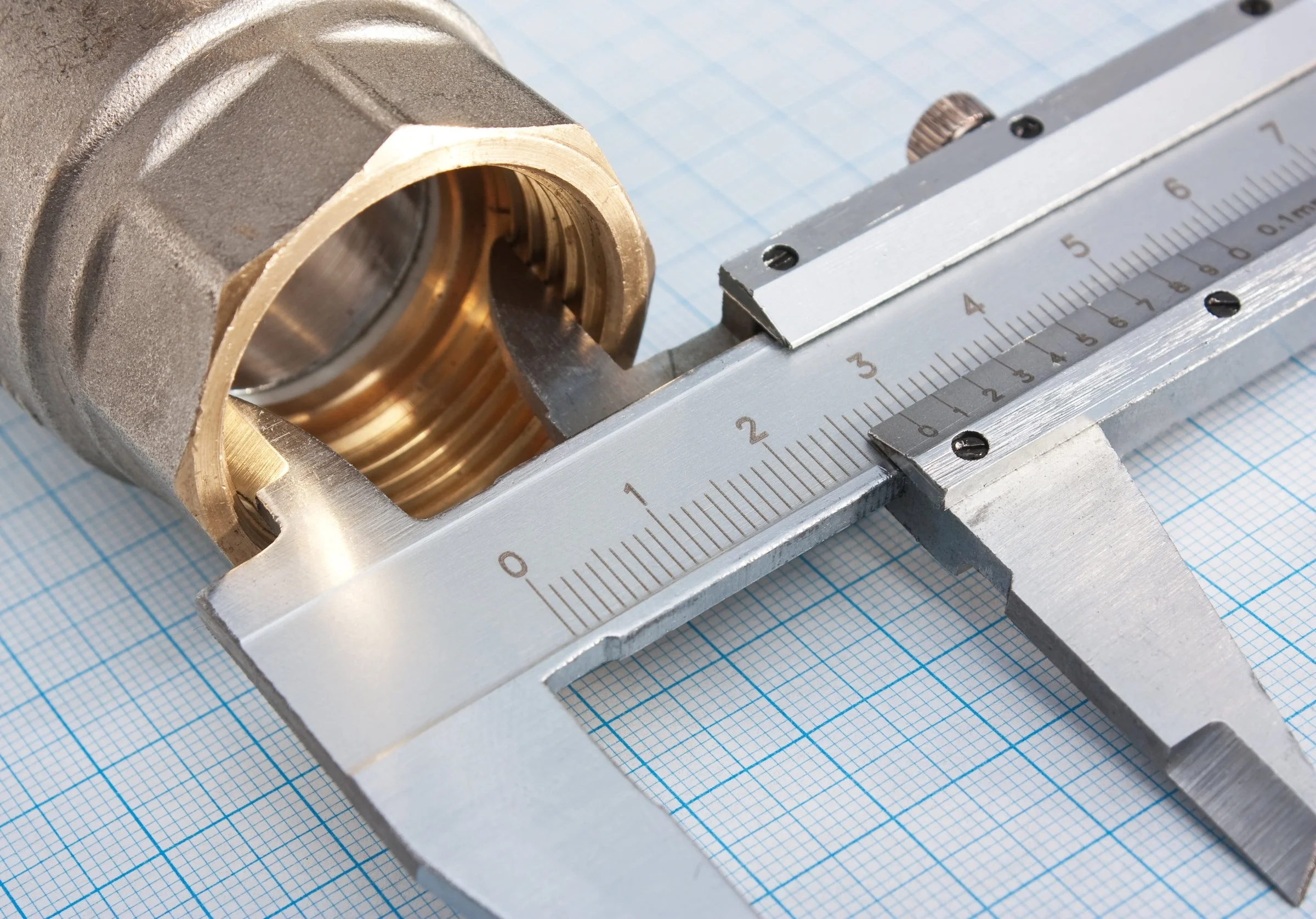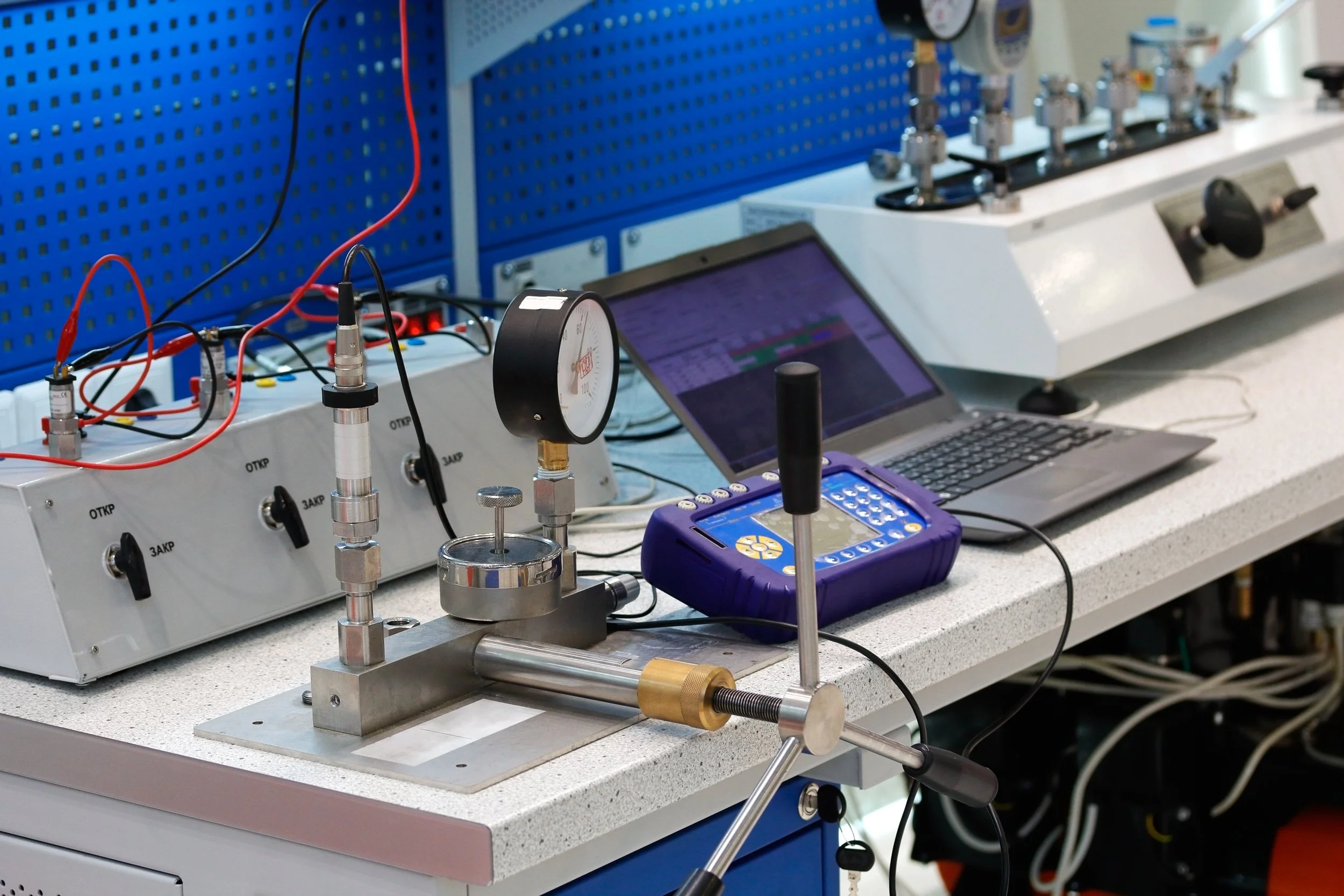
FAQs
We get a lot of questions regarding scheduling, equipment, and calibration. Click on the topic below to see which questions we get asked most often and their answers. If you don’t see an answer, please contact us. We’d love to get you the information that you need.
SCHEDULING FAQs
-
Yes. Although additional charges may apply, we will try to work with your production needs.
-
We love to travel. Jobs in Hawaii or other great vacation spots are encouraged to schedule our services. We will be happy to accommodate your needs anywhere in the world. However, we typically prefer doing most of our business in Florida.
-
Yes. Of course, this means we will need to make special arrangements and as things go, this may cost more. Please inquire about current expedited fees at the time of order.
-
Yes. Notices are emailed before your calibration due date so you may schedule your calibrations as needed.
-
This sounds like a simple question, but our capabilities are extensive and growing. We find it much more helpful to quote a customer’s specific equipment needs rather than provide an entire list of over 500 items that will frustrate them. Send us a list, and we will take it from there.
-
Probably not. Some labs will quote the absolute lowest prices based on a “NO DATA” certificate, meaning no readings are provided for the calibration, just a “PASS/FAIL” statement. Some labs will do this without informing the customer so the price they quote appears to be much lower for the same type of calibration. This does not meet most Quality System Requirements, and most auditors will not accept a “NO DATA” certificate as well. Although we do not recommend this type of certificate, we can provide you with the same service upon request. Simply inform us your company is able to accept this type of documentation, and we will be happy to provide you with reduced pricing accordingly.
EQUIPMENT FAQs
-
Yes. If we cannot repair your equipment here, we will search for a source that can handle the repairs needed. Upon finding a suitable repair source, a quote will be generated for your approval before any repair work is performed.
-
Unfortunately, no. There are so many options and sources in this crazy market that devoting the time needed to search for the proper replacement item and great price would take us away from what we do best, CALIBRATE!! We may make suggestions as to where to go…
-
Yes. We are fully equipped to grind and resurface your granite/quartz plates to meet even the tightest specifications.
-
This one is complicated. We can do a CMM verification where we confirm your CMM is still within specifications, and at a fraction of the MFR list price to do so. Here’s the catch, we cannot correct units that are out of specs. That requires Mfr codes we do not have. IF we find your unit out, off to the Mfr you go! But…the savings if we don’t are enough to go hmmmm. :-)
-
Believe it or not, it happens!! It has something to do with how the material was heat treated and impurities. People with bigger brains have looked into this. See link below.
-
Your temperature probe that says it’s rated to 1200 °F, with the metal shaft ending in a plastic handle, may experience a major meltdown while testing at temperatures exceeding 400 °C (792 °F). ☹ The material used in the handle construction is not made of sufficient heat-resistant material to survive exposure to higher heat levels. We have tried employing heat shields and heat sinks to no avail. The heat radiating through the metal stem can lead to plastic meltdown. We aren’t saying ALL manufacturers are guilty of using materials not up to the challenge, but enough to take a stand that we will no longer assume responsibility for any damage due to testing exceeding 400 °C (792 °F). As a customer, you may request higher points that we will honor WITH a completed signed waiver. You’ve been warned. Obtain your waiver here.
-
In short, pricing is based on service performed rather than outcome, whether returned in tolerance, limited, or rejected.
In some cases, if a piece of equipment is found inoperative from the start, the customer will be notified and the item will be returned as-is, uncalibrated, at no charge, assuming a “Rejected” certificate is not required.
However, if a piece of equipment is functional and calibration data has been obtained, it is at that point that the service is considered to have been performed and will be billed as such.
CALIBRATION FAQs
-
NIST, or National Institute of Standards and Technology, is now part of the U.S. Department of Commerce and is one of the nation’s oldest physical science laboratories. Follow this link for more info: https://www.nist.gov/about-nist
They are the top level to which all measurements referenced to NIST are traced back. Another link to a different section of their website explaining Traceability: https://www.nist.gov/traceability/traceability-table-contents
-
Yes. Calibrations are performed using standards that have an unbroken chain traceable to NIST. Our Registrar does a yearly audit that involves checking that the lab conducts calibrations that are truly NIST Traceable.
-
Anyone can calibrate. Yes, it’s true! Buy a gage block set and <poof> you can now calibrate some tools! As in all things, how will you calibrate something in comparison to the guy across the street who had the same epiphany? This is where ISO/IEC Accredited comes in. It’s a set of rules and expectations arrived at through a consensus of the international community as to what is expected from a calibration company. Being Accredited means you meet those requirements.
-
OVER 20 YEARS OF SERVICE
PreciseCal Services® is a leader and innovator in calibration, cleanroom, and part services solutions. But not for just any business. Like you, we’ve chosen a uniquely essential and life-impacting industry to call our own. As proud industry supporters for over 20 years, we exist to serve the doers, grinders, pathfinders, and warriors who keep America in business.



